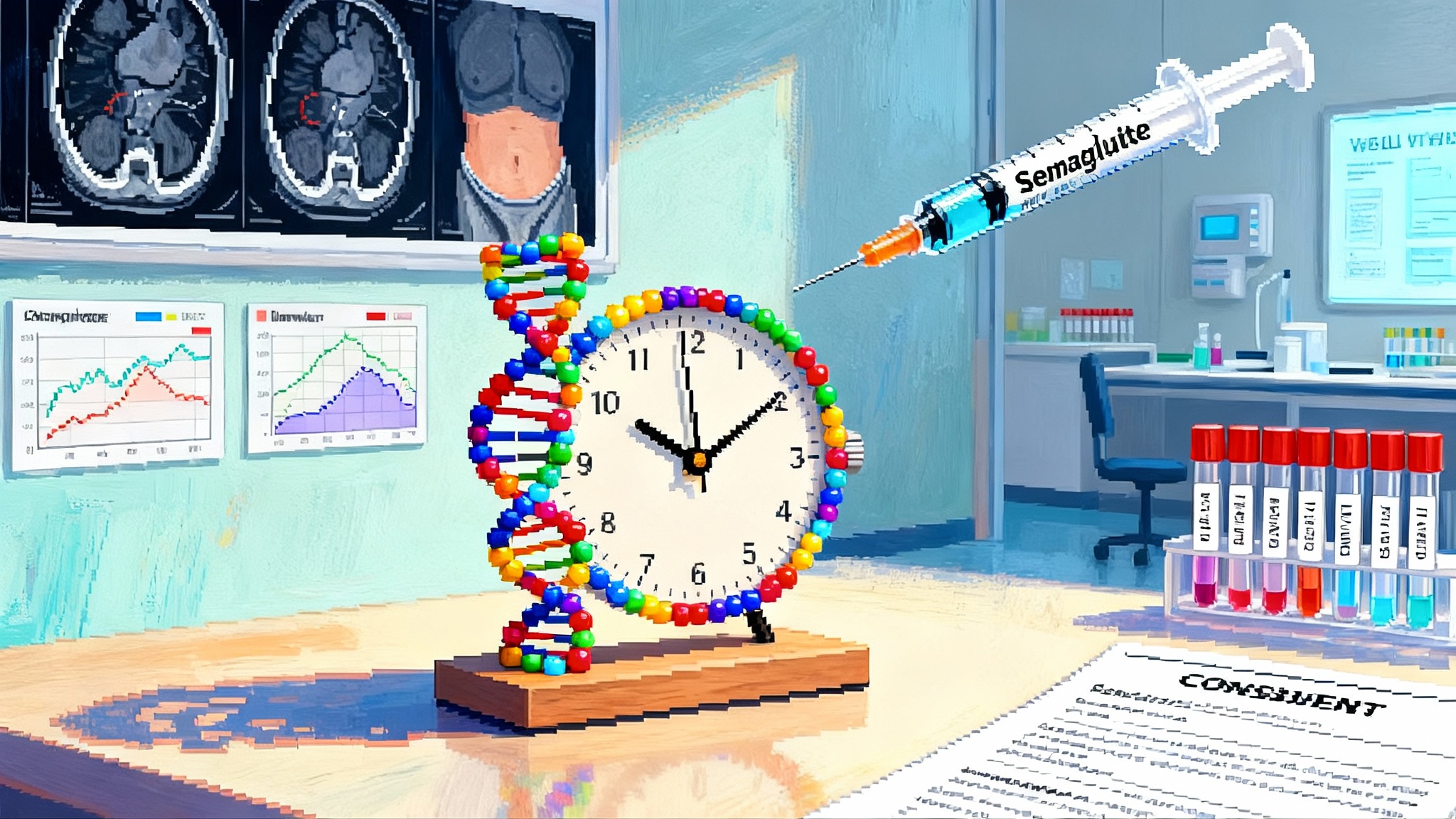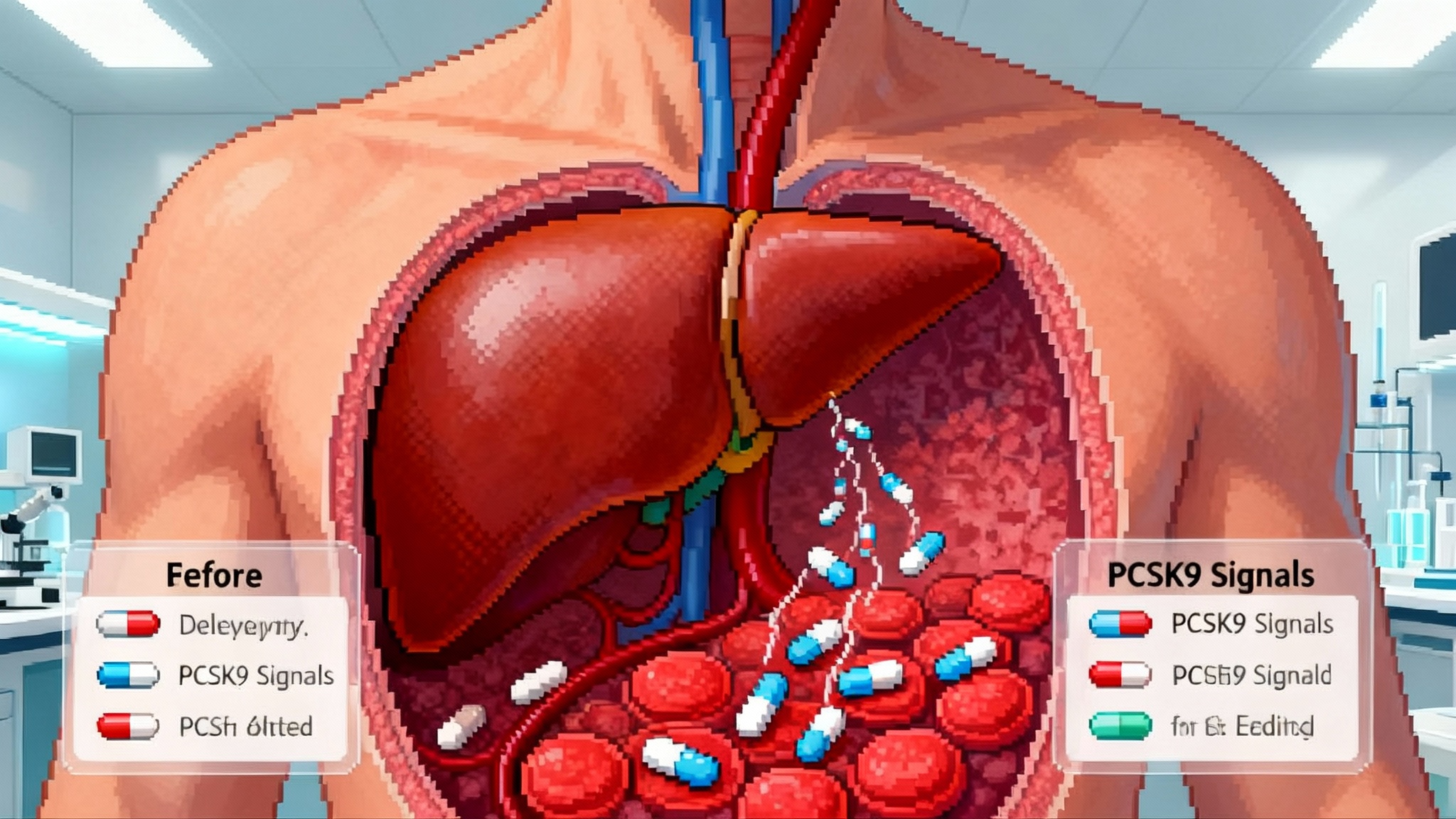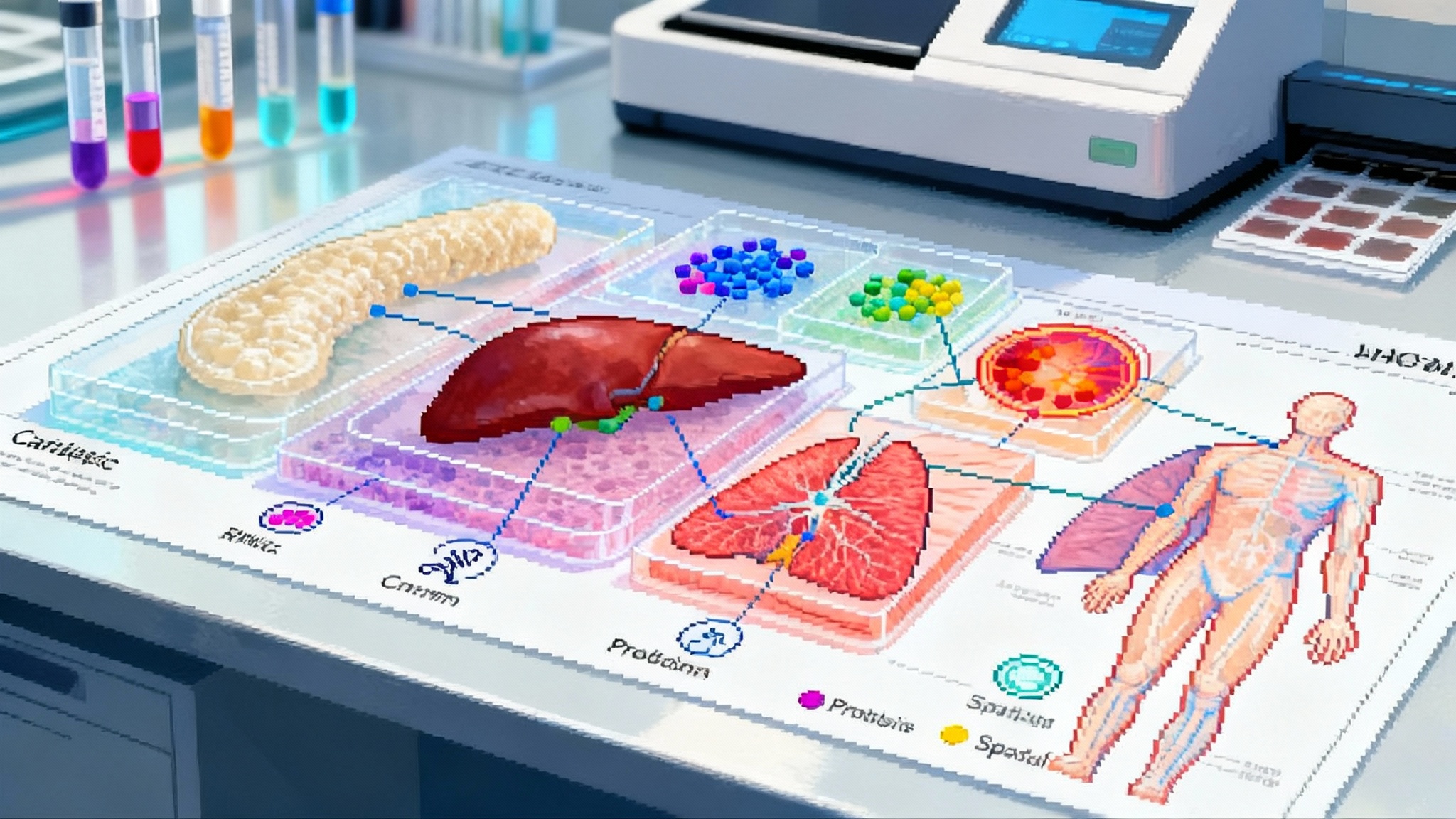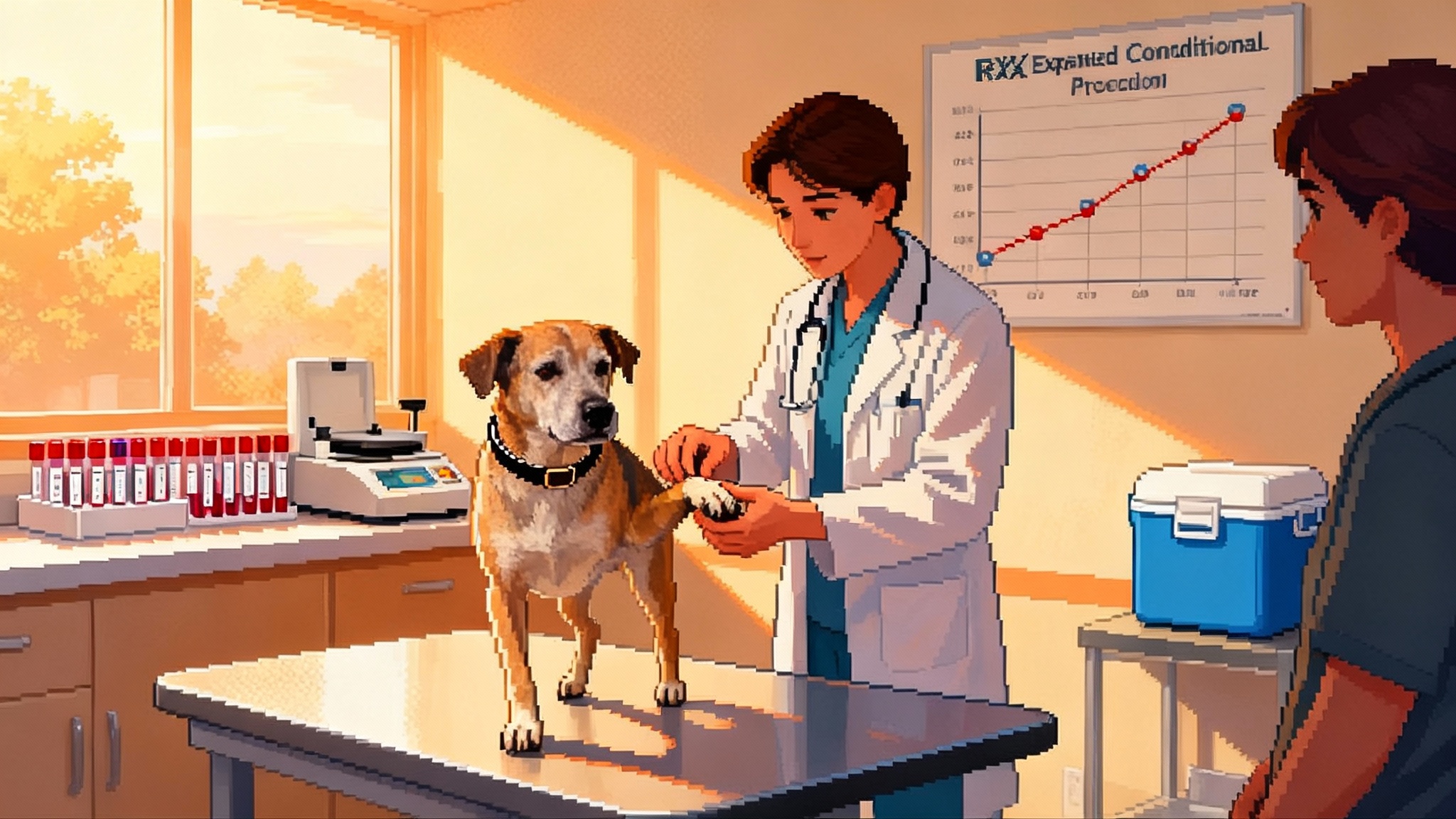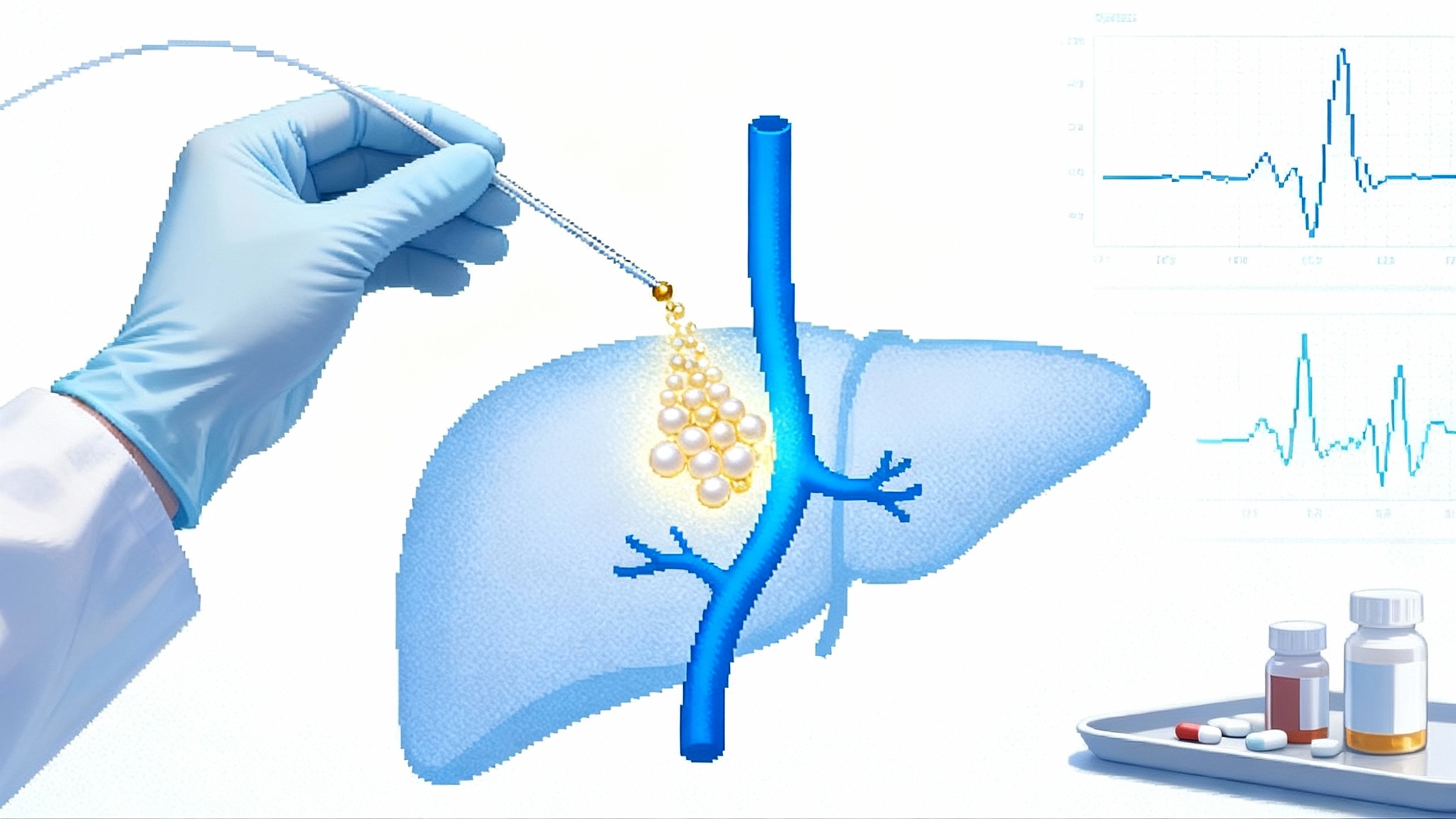Colchicine slows TET2 blood clones, making aging actionable
Late‑August 2025 data show that low‑dose colchicine slows the growth of TET2‑driven clonal hematopoiesis in coronary disease. This could be the first genomically tracked aging process clinicians can modify, with a practical playbook for testing, treatment, and trials.

Breaking: a gout pill just moved the goalposts on aging
In a milestone announced at the European Society of Cardiology Congress in late August 2025, investigators reported that daily low‑dose colchicine slowed the expansion of TET2‑mutated blood cell clones in people with coronary disease. The analysis, published simultaneously in the Journal of the American College of Cardiology and derived from the LoDoCo2 trial, found that patients on colchicine had much slower growth of TET2 clonal hematopoiesis compared with placebo. The signal was not subtle and it was biologically specific, which makes it credible and actionable for clinicians. For a high‑stakes claim like this, start with the primary announcement by the American College of Cardiology, which summarizes the study design and results in accessible language: low-dose colchicine may slow clonal hematopoiesis.
Why this matters: clonal hematopoiesis of indeterminate potential, usually shortened to clonal hematopoiesis or CHIP, is one of the clearest fingerprints of aging in the blood. As we age, rare mutations in stem cells can give certain blood cell families a growth edge. Those families, called clones, gradually take up more of the bloodstream. Some clones are harmless passengers. Others, especially those with mutations in genes like TET2, DNMT3A, ASXL1 or JAK2, correlate with inflamed arteries, heart attacks, heart failure, arrhythmias and, in a minority of people, later blood cancers. Until now, CHIP has mainly been a diagnostic label and a risk flag. The new data suggest it is also a dial we can turn.
From a risk flag to a handle you can grab
Clonal hematopoiesis has been a paradox in the clinic. It is easy to measure with modern sequencing, yet there has been no clear play to slow it down. We have watched; we have adjusted standard cardiovascular prevention; we have noted the oncology implications; we have told patients to keep an eye on their blood counts. But we have not had a lever to pull on the clones themselves.
Colchicine changes that. In the LoDoCo2 subanalysis, participants provided serial blood samples across several time points, allowing researchers to track the size of clones, measured as the percentage of sequence reads carrying a given mutation. The colchicine group showed a smaller annual increase in overall mutated cells than placebo, and the effect was striking for TET2, where the annual increase in clone size was roughly a third of the placebo trajectory. For readers who want to see the exact numbers and methods, the JACC article abstract is a crisp starting point: colchicine and longitudinal clonal dynamics in LoDoCo2.
The mechanism makes sense. TET2‑mutant myeloid cells are primed to overproduce interleukin 1 beta and related inflammatory signals. Colchicine tempers the inflammasome machinery that feeds that cytokine burst. By quieting the inflammatory niche, the drug appears to reduce the fitness advantage enjoyed by TET2‑mutant clones. In mouse models, similar biology reduced plaque formation, and observational human data had hinted at a TET2‑specific benefit. Now we have a prospective, randomized dataset with serial genomics on people who took the medicine.
The first genomically tracked aging process we can modify
That sentence is worth reading twice. We already track cholesterol with low density lipoprotein. We track glucose with hemoglobin A1c. For aging, we have epigenetic clocks, telomere assays and proteomic signatures, but they remain either noisy, expensive or not clearly actionable in day to day care. CHIP is different. It is a discrete genetic change in blood, measured with short targeted panels on routine samples, and it moves on a time scale that we can watch. The 2025 colchicine results show the first credible knob we can turn on a genomically defined aging process in living patients. For context on emerging biomarker infrastructure, see our overview of the SenNet 2025 biomarker atlas.
Importantly, the clinical upside does not rely on speculative biology. Colchicine already cuts cardiovascular events in chronic coronary disease, as validated in prior outcomes trials. Now, in a subset with serial sequencing, we see that a drug known to prevent heart attacks may also slow the growth of the very clones that amplify vascular inflammation. That link is conceptually clean and it puts cardiology, not geriatrics or oncology, in the lead for the next move.
A near term playbook for clinics
This is not a call for mass screening without guardrails. It is a call for opportunistic detection and targeted action where the evidence already points.
-
Who to test now
- Adults with established coronary disease, especially over age 60, who are already in cardiology care. This is where LoDoCo2 and related colchicine trials live, and where the event reduction evidence is strongest.
- Patients with unexplained high residual inflammatory risk, for example persistently elevated high sensitivity C reactive protein despite optimized lipid therapy.
-
What to order and how to read it
- A blood based targeted sequencing panel that includes TET2, DNMT3A, ASXL1, JAK2 and often PPM1D, TP53 and SF3B1. Clinically, a variant allele fraction of 2 percent or higher is a common threshold for calling CHIP, though higher burdens carry higher risk. Ask your laboratory to report the exact percentage for each clone and to flag changes over time if you submit serial samples.
- Document the presence of CHIP as a risk biomarker in the chart. If variant allele fraction is 10 percent or higher or the patient has cytopenias, confer with hematology to rule out evolving bone marrow disease.
-
How to act on a positive result
- Double down on standard cardiovascular prevention. The signal for risk is strongest when the rest of prevention is incomplete. That means statins or other lipid lowering therapies, antiplatelet therapy when indicated, blood pressure control, smoking cessation and exercise prescriptions. For where prevention is headed, see the trend toward one-and-done LDL therapy.
- Discuss colchicine at 0.5 milligrams daily in patients with chronic coronary disease, especially if TET2‑mutated clonal hematopoiesis is present. The 2025 analysis suggests a TET2‑specific slowing of clonal growth on top of the already known reduction in cardiovascular events. Screen for renal and hepatic impairment and review drug interactions, especially strong inhibitors of CYP3A4 or P glycoprotein. Monitor for gastrointestinal intolerance and myalgias, and coordinate with the patient’s primary clinician and pharmacist.
- Plan to recheck the clonal burden in 12 months. Treat the variant allele fraction slope as a vital sign for the hematopoietic aging of this patient, similar to how you watch low density lipoprotein after intensifying statin therapy.
What about cost, access and equity
Sequencing for CHIP is now routine for many clinical laboratories, and the sample is an ordinary lavender top tube. The cost is modest compared with advanced imaging, though insurance coverage varies because CHIP is new to most payers. Health systems can pilot standing orders for CHIP panels in coronary disease clinics, track outcomes in registries and use those data to negotiate coverage. Mobile phlebotomy and mail in kits can include CHIP sequencing alongside lipid profiles to reduce friction for older patients and those in rural areas.
Equity concerns are real. CHIP prevalence rises with age and differs by gene and ancestry. The path forward should ensure that screening is nested inside existing visits, not gated behind boutique aging programs. Clear consent and counseling are essential. CHIP is not a cancer diagnosis; it is a biomarker of risk and a window into hematopoietic aging.
What to do in the next 12 to 24 months
Here is a concrete roadmap from signal to standard of care.
-
Months 0 to 3: replicate and harmonize
- Independent teams reanalyze stored blood from major colchicine trials, applying the same pipelines to validate the TET2‑specific effect on clonal growth. Data coordinating centers for outcomes trials already exist and can add a genomic lane. Societies such as the American College of Cardiology and the European Society of Cardiology can host rapid methods workshops to agree on shared metrics like standardized variant allele fraction slopes and reporting templates.
-
Months 3 to 6: publish clinical guidance and launch registries
- Issue pragmatic consensus statements for cardiology clinics. Recommend opportunistic CHIP testing in patients with coronary disease over 60 who are candidates for colchicine, along with a one page counseling script that explains what a clone is and why it matters. Set referral thresholds for hematology consultation and for repeat testing intervals.
- Stand up a national registry that tracks CHIP status, colchicine use, variant allele fraction trajectories and cardiovascular events. Use simple, privacy protected uploads from electronic health records and lab partners.
-
Months 6 to 12: run targeted, fast trials
- Conduct a precision cardiology trial that enriches for TET2‑mutated clonal hematopoiesis. Randomize to colchicine or placebo, add standardized background prevention and measure three co‑primary signals over one year: change in TET2 variant allele fraction, change in inflammatory proteomic profile, and composite cardiovascular events. Predefine a gatekeeping framework so that a strong genomic signal can carry the trial even if the event rate is lower than expected in a short horizon.
- Add a mechanistic substudy with single cell DNA sequencing and myeloid functional assays in a subset of participants. This will clarify whether the drug reduces the number of mutant stem cells, suppresses their proliferation or alters the inflammatory set points that give TET2 clones a fitness edge.
-
Months 12 to 24: translate into practice and coverage
- If the genomic and clinical signals align, update professional guidelines to recommend colchicine for coronary disease patients with TET2‑mutated clonal hematopoiesis unless contraindicated. Define lab quality standards for CHIP reporting and variant allele fraction tracking. Capture safety at scale, including infection rates and drug interaction signals in older adults who take multiple medications.
- Work with payers to establish coverage for CHIP testing when used to guide anti inflammatory therapy in coronary disease. The combination of a low cost generic drug and a low cost genetic test is a rare chance to improve population health without inflating budgets.
Beyond colchicine, building a CHIP toolbox
One signal does not make a toolbox, but it shows us where to look. If a drug that calms inflammasome signaling slows TET2 clones, then other anti‑cytokine strategies may work in subsets defined by their mutations. Interleukin 1 beta blockers are potent but expensive, and they require injections and careful infection monitoring. Agents that nudge hematopoietic stem cells toward quiescence or reduce myeloid skewing may complement anti inflammatory therapies. Dietary patterns that lower systemic inflammation and structured exercise can be tested as add ons using the same genomic endpoints, which is faster and cheaper than waiting for hard outcomes alone. For adjacent anti inflammatory strategies entering the clinic, see necroptosis blockers in trials.
The critical principle is mutation informed targeting. Not all clones are created equal. TET2 appears inflammation hungry. DNMT3A may behave differently. JAK2 often rides with higher thrombotic risk. Trials should stratify by genotype at the start rather than average effects across a mixed population and then fish for subgroups at the end.
How to explain this to patients
Patients do not need a lecture on hematopoietic stem cell biology. They need a clear metaphor and a plan. Here is one that works in a clinic room:
- Imagine your blood as a forest. Over time, a few trees pick up changes that make them grow faster. Those groves start to spread. Some groves are quiet. Some throw sparks that make nearby underbrush smolder. TET2 groves throw sparks. Colchicine is a damp cloth that reduces the smolder and slows the spread. We will check your grove map once a year, the way we check your cholesterol. If the forest looks calmer and the groves stop expanding, we stay the course.
That metaphor can be paired with a simple chart that shows each clone’s percentage over time, the treatment start date and a note on symptoms or lab values. Seeing a line flatten is motivating. It turns a silent process into something the patient and clinician can manage together.
Guardrails and open questions
-
Dose, duration and stop rules: The outcomes trials used 0.5 milligrams daily in chronic coronary disease. The clonal dynamics analysis used the same dose. We still need formal guidance on how long to treat when CHIP is the driver for the prescription, and what to do when the clone is stable for several years.
-
Safety in the oldest old: Many people with CHIP are over 75, when polypharmacy and kidney function changes complicate drug therapy. Trials should deliberately include very old adults and report absolute risk differences for key adverse events.
-
Beyond TET2: The 2025 data show a TET2‑specific slowing. That is both a blessing and a challenge. It means we can target, and it means the effect may not generalize to all clones. Trials should test DNMT3A and ASXL1 cohorts with the same rigor.
-
Oncology endpoints: Most people with CHIP will never develop blood cancer, but oncologists rightly worry about long term marrow health. Serial complete blood counts and clinical oversight will be important in any broad rollout. The good news is that the signal we are chasing is a slope change over short intervals, which is inherently safer to study than waiting for rare oncologic events.
The bottom line
Cardiology has just been handed a new lever for aging. A ubiquitous, low cost anti inflammatory medicine appears to blunt the growth of a genomically defined, age linked blood clone that worsens vascular risk. The biology is coherent, the measurement is practical, and the clinical context already exists. If health systems act with discipline in the next two years, CHIP can become the first genomically tracked aging process that we routinely modify in humans.
The breakthrough is not that we discovered a miracle pill. The breakthrough is that we can finally measure an aging process, choose a patient based on that measurement, and change the trajectory in a way that should cut events people care about. That is what evidence based aging medicine should look like. Now the task is to build the playbook, run the trials that target the right patients and turn this signal into a standard of care.
